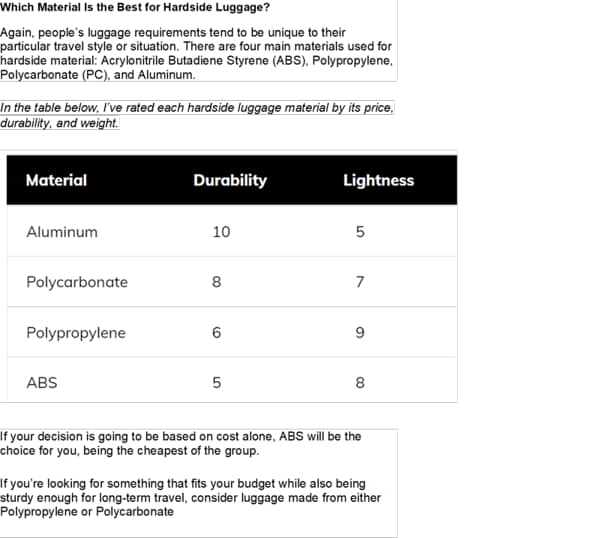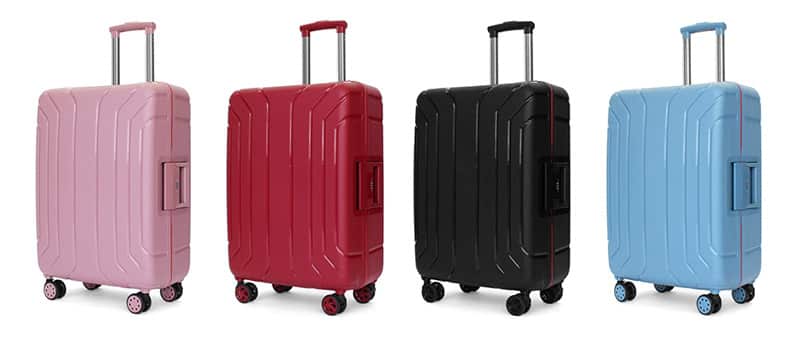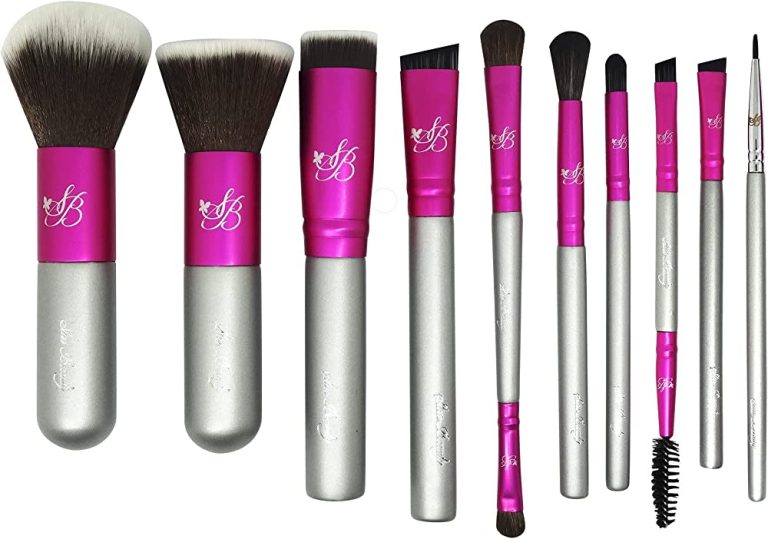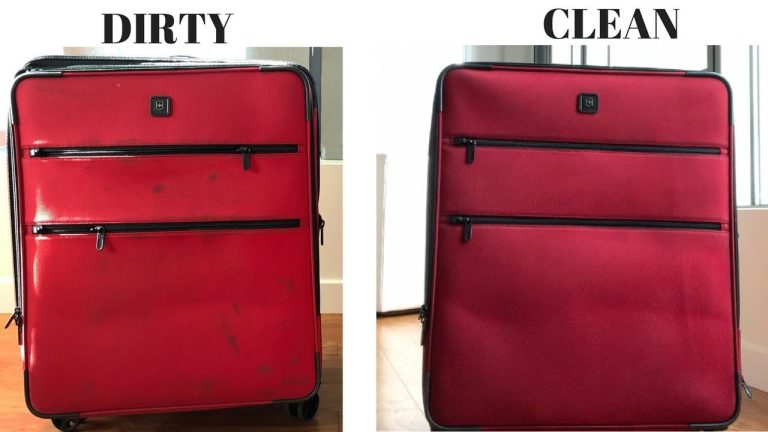When it comes to choosing the right luggage for your travel needs, it’s important to consider not only the style and design but also the material it is made of. Two popular choices in the market today are polypropylene and polycarbonate. Both materials offer their own set of advantages and disadvantages, so it’s essential to understand the key differences between them before making a decision.

Credit: www.textileschool.com
Polypropylene Luggage
Polypropylene is a type of thermoplastic polymer widely used in various industries. Polypropylene luggage is known for its durability and lightweight nature. It offers excellent impact resistance, making it ideal for travelers who frequently encounter rough handling or have concerns about their belongings being damaged during transit.
One of the main advantages of polypropylene luggage is its exceptional strength. It can withstand heavy impacts without cracking or breaking, ensuring that your belongings remain protected throughout your journey. Additionally, polypropylene is resistant to chemicals, water, and UV radiation, further enhancing its longevity.
Another key benefit of polypropylene luggage is its lightweight construction. This feature allows travelers to pack more items without exceeding weight limits, making it advantageous for those who tend to pack heavily. The lightweight nature of polypropylene luggage also makes it easy to maneuver and carry, reducing strain on the traveler.
However, it’s worth noting that polypropylene luggage may not have the same level of flexibility as other materials. While it excels in strength and durability, it may not be as impact-resistant as polycarbonate luggage, particularly in extreme cases.
Polycarbonate Luggage
Polycarbonate is another popular material choice for luggage due to its durability and flexibility. Recognized for its high impact resistance, polycarbonate luggage is designed to withstand heavy external forces. This makes it an excellent option for individuals who frequently travel long distances or check their bags.
One of the primary advantages of polycarbonate luggage is its exceptional resilience. It can absorb impacts and return to its original shape, reducing the risk of damage to your belongings. This feature is particularly beneficial for protecting fragile items such as electronics or souvenirs.
Polycarbonate luggage also offers excellent temperature resistance, preventing warping or deformation when exposed to extreme heat or cold. This ensures that your luggage maintains its shape and functionality regardless of the climate conditions during your travels.
However, polycarbonate luggage may be slightly heavier compared to polypropylene luggage. While it still falls within acceptable weight limits, some travelers may prefer a lighter option. Additionally, although polycarbonate luggage is generally scratch-resistant, it may show more visible scratches over time compared to polypropylene luggage.

Credit: www.shunxinluggage.com
Conclusion
Ultimately, the choice between polypropylene and polycarbonate luggage depends on your specific travel needs and preferences. If durability, lightweight construction, and chemical resistance are your primary concerns, polypropylene luggage may be the better choice for you. On the other hand, if you value high-impact resistance and flexibility, polycarbonate luggage is worth considering.
It’s also important to consider factors such as budget, design, and brand reputation when choosing luggage. Whichever material you choose, ensure that the luggage meets your requirements and provides the necessary features to make your travel experience as convenient and enjoyable as possible.




